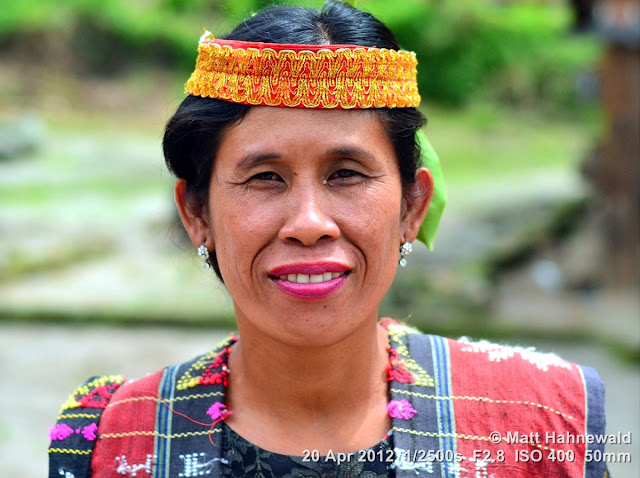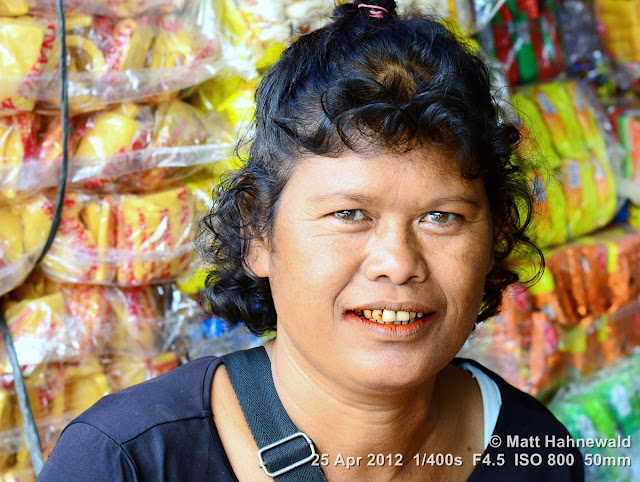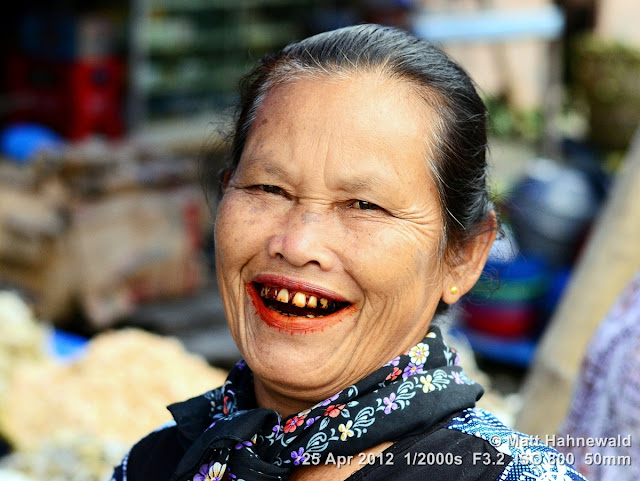The
Toba people (also
referred to as Batak Toba people or often simply Batak) are the most numerous of
the Batak people of North Sumatra, Indonesia. They speak the Toba Batak
language and are centred on Lake Toba and Samosir Island within the
lake. Ritual cannibalism
is well documented among Batak people, performed in order to strengthen the
eater's tendi.
In particular, the blood, heart, palms and soles of the feet were seen as rich
in tendi. In 1890 the Dutch colonial government banned cannibalism in
the regions under their control; rumours of Batak cannibalism survived into the 20th century.



Ulos is the traditional cloth of the Batak people of North Sumatra. Different kinds of ulos have different ceremonial significance. The ulos is normally worn draped over the shoulder or shoulders, or in weddings to ceremonially bind the bride and groom together. Ulos are traditionally hand woven and in the case of higher-quality examples are significant family heirlooms, to be worn at important events, such as funerals and weddings.
For sharp street portraits, remember the following "rule of thumb"
for handheld shutter speeds:
Select a shutter speed with a denominator
that is
larger than the focal length of the lens!
So, (i) if you have a
prime lens that is 50 mm in length (e.g. the robust AF-S NIKKOR 50mm f/1.8G fixed lens from Nikon) don’t shoot any slower than 1/60 sec, (ii)
if you have a lens with a 85 mm focal length (e.g. the excellent AF-S NIKKOR 85mm f/1.8G fixed lens from Nikon)
shoot at 1/100 sec or faster, or (iii) if you are shooting with a lens of 200
mm (e.g. with the NIKKOR AF FX 80-200mm f/2.8D zoom lens from Nikon) shoot at 1/250 sec or
faster. It's that simple.














